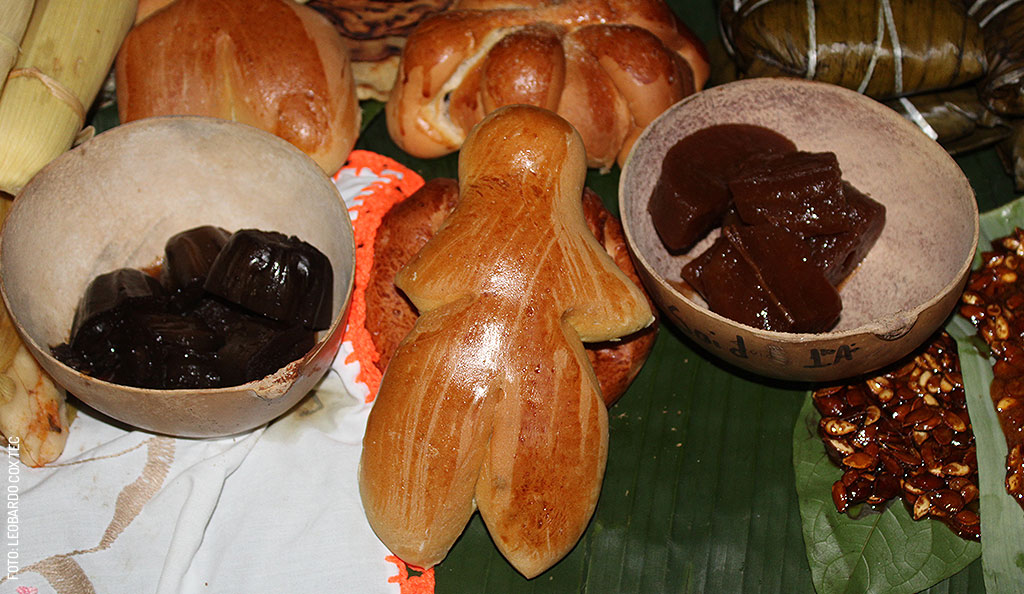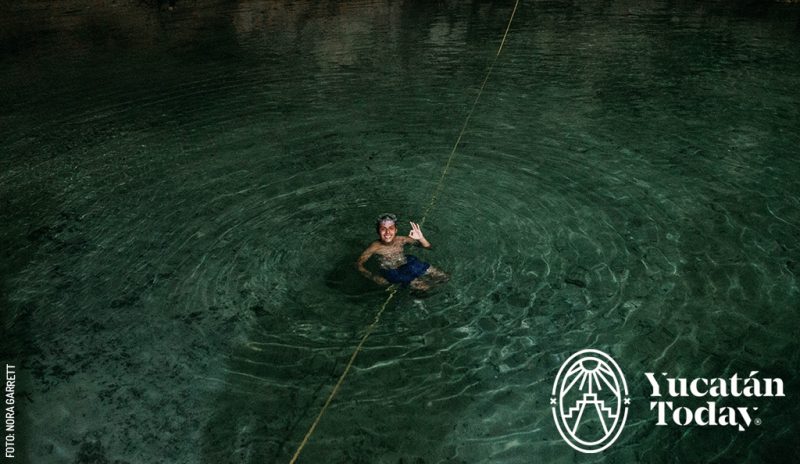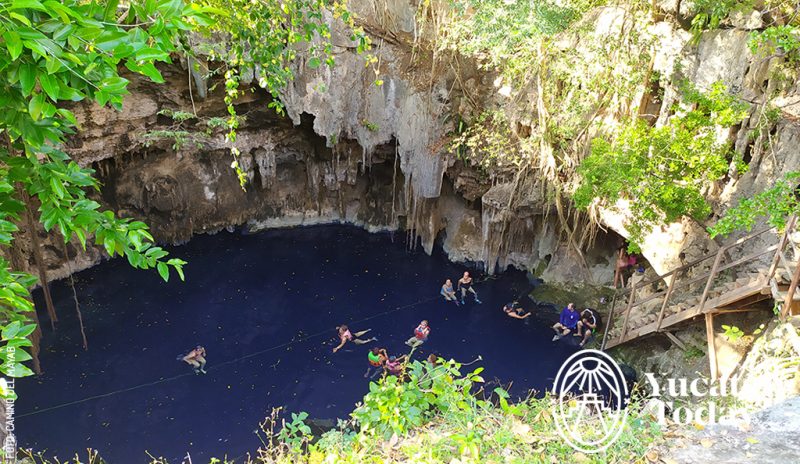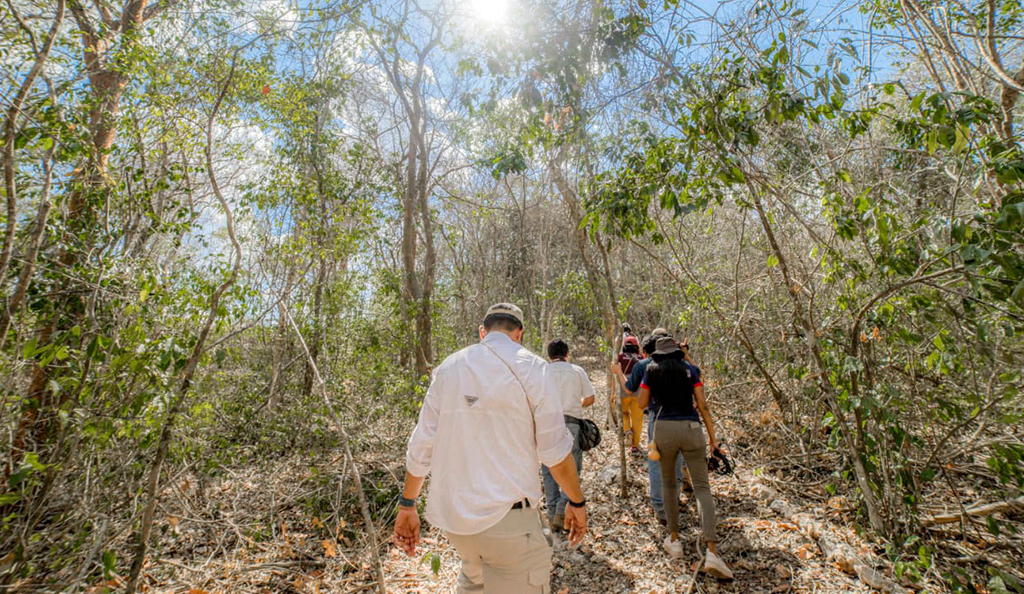
The Journey is the Destination - Camino del Mayab
“Trails represent travel - getting lost and finding yourself” our guide Ulyses says, while he pedals alongside me surrounded by the lush Yucatecan countryside.
On a crisp morning, I go meet the group behind Camino del Mayab, México’s first long-distance trail, and we head out towards adventure. In the car, we meet and chat with Zizi and Ulyses, professional cyclists and avid nature lovers. They tell us about the legendary trails of the world (such as the Inca Trail that takes you to Machu Picchu in Peru and the renowned Way of St. James in Spain) and how they were able to make Camino del Mayab happen through persistence and faith.
Kilometers of Adventure
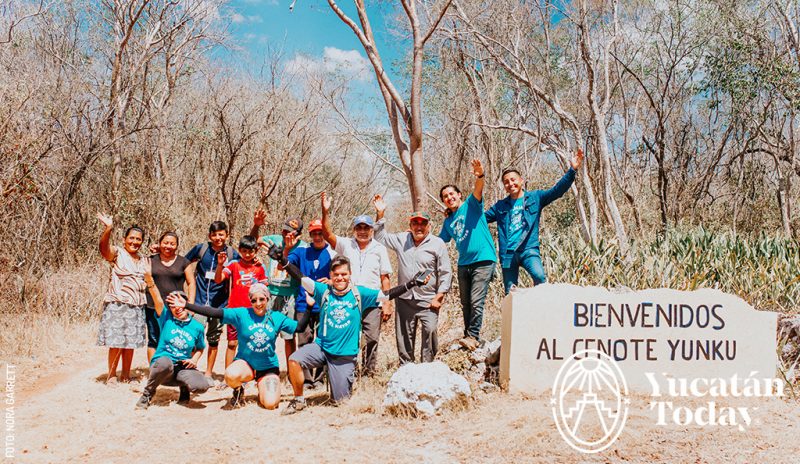 Imagine traveling 100 kilometers of ancient roads, with beautiful Yucatecan landscapes as your view, and running into historic Haciendas and tranquil cenotes. That’s Camino del Mayab, a series of magical trails that coincide in a very special place: a water reservoir for the city of Mérida and an ecological connector between two large protected natural areas.
Imagine traveling 100 kilometers of ancient roads, with beautiful Yucatecan landscapes as your view, and running into historic Haciendas and tranquil cenotes. That’s Camino del Mayab, a series of magical trails that coincide in a very special place: a water reservoir for the city of Mérida and an ecological connector between two large protected natural areas.
You can walk or ride a bike (don’t worry though, you definitely don’t need to be a pro!). The trail is divided into four blocks, giving you the opportunity to discover villages such as Lepan, Uayalceh, and Tzacalá. Spend the day touring through one of them, or put your inner Indiana Jones to the test and explore them all throughout three, four, or five days. The project highlights the cultural and historical legacy of Yucatán, taking its visitors through fascinating towns, Haciendas, and cenotes south of Mérida.
The creators pushing this project forward are Ecoguerreros Sociedad Cooperativa, a social enterprise that contributes to the conservation of natural and cultural heritage through their work with organizations and local cooperatives. It is born from an undeniable and intense passion for nature, camping, outdoor activities, and their infinite love for the communities of Yucatán. Now, they want to share it all with the world.
Ride Away
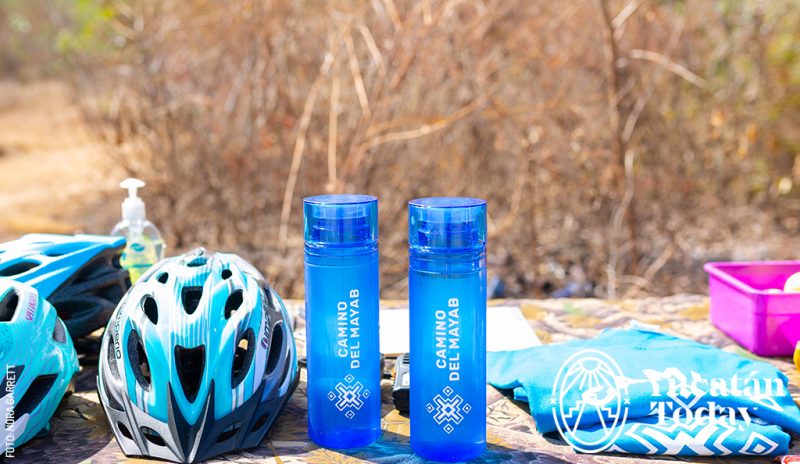 Our journey starts in Mucuyché. We are welcomed by the team of Camino del Mayab at the beginning of the trail with t-shirts, water, and snacks. All of them have a smile on their faces and rally us up as they help us with our helmets. The road we encountered used to be the train tracks that went from Mérida to Peto, built at the height of the Henequén industry over 200 years ago. I can imagine all the people who have traveled through it. The history and energy of all the voyages before ours are palpable. There aren’t any lights, sounds, or people. I think back to when I learned to ride my bike and decide to go a bit faster, trusting my muscle memory. Ulyses teaches me to lift myself up when coming across a rock to avoid getting hurt. “You’re an expert!” Ulyses lies with a smile.
Our journey starts in Mucuyché. We are welcomed by the team of Camino del Mayab at the beginning of the trail with t-shirts, water, and snacks. All of them have a smile on their faces and rally us up as they help us with our helmets. The road we encountered used to be the train tracks that went from Mérida to Peto, built at the height of the Henequén industry over 200 years ago. I can imagine all the people who have traveled through it. The history and energy of all the voyages before ours are palpable. There aren’t any lights, sounds, or people. I think back to when I learned to ride my bike and decide to go a bit faster, trusting my muscle memory. Ulyses teaches me to lift myself up when coming across a rock to avoid getting hurt. “You’re an expert!” Ulyses lies with a smile.
We pause to observe a woodpecker - a red Chejé - that appeared to be having a fiery discussion with another bird while shining through the trees.
Some hills go up, others down, but nothing we can’t manage. My mind digresses as I gaze at the vegetation that surrounds me and I feel the breeze on my face. We pass by an Aguada, a body of water which is hugely important to the region’s wildlife, and we inch closer to get a better look. The water remains still and the silence of the forest joins it in harmony. We continue through the trail, Ulyses rides next to me and tells me about how trails represent travel, getting lost and finding yourself. He chats about a couple of movies that tell this very story: people who, by walking and chasing their goals, find a piece of themselves. (That ability to keep up a conversation while riding a bike is inherent in professional cyclists.)
![]() Yunkú
Yunkú
After six kilometers, we join the rest of the team at Yunkú Cenote Santuario. We thank them for their supportive cheers and celebrate with a dip in the cenote. The stalactites inside the natural pool are particularly stunning. After an encounter with the Xibalbá, María and Marcelina, locals of the town, welcome us with some of the best Salbutes I have tasted in Yucatán, and sweet orangeade.
Alberto, a biologist and the technical coordinator of this project, tells me that by using your Camino del Mayab “passport,” you can travel throughout its 100 kilometers of trails at your own pace. Ask how to get yours – it’s your entry ticket to adventure. They have several packages available that accommodate your level of expertise, number of days you can participate, and the amount of activities you want to include.
We go on for a couple more kilometers along what used to be old Truck rails used mainly to transport natural fibers, Henequén leaves, and resources for the Haciendas. When we arrive at Hacienda Yunkú, we take a sweet and well-deserved break. Olivia shows us around the cenote inside the hacienda, the available rooms, and takes us on a trip to the past by showing us an old chapel that is now used as an entertainment room. The Maya cabins at the back have private swimming pools and look like they’d be spectacular for a peaceful weekend getaway. Finally, we dive into the swimming pool – a perfect ending to a morning spent riding under the trees.
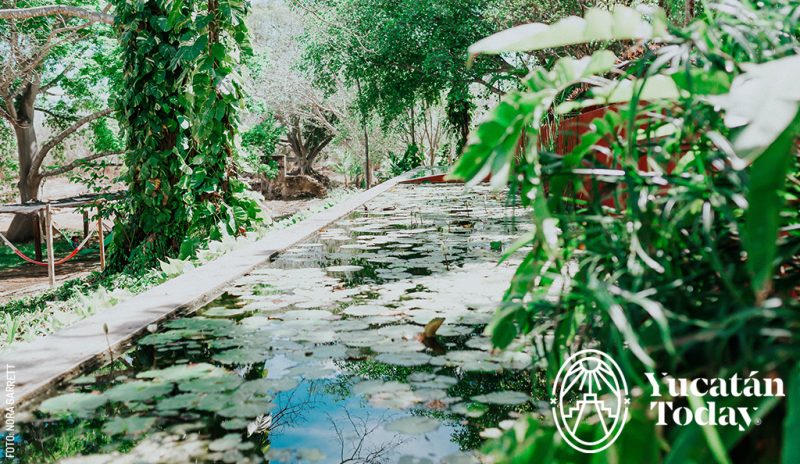 Camino del Mayab goes beyond being a tourist attraction. It is estimated that the project will benefit 360 indigenous people directly, mainly women and young adults. 50% of the proceeds raised from the sale of passports will be destined towards nature conservation and trail maintenance. It’s a road full of adventure that inspires us to take care of the planet, support our state’s communities, and dive into local history and culture.
Camino del Mayab goes beyond being a tourist attraction. It is estimated that the project will benefit 360 indigenous people directly, mainly women and young adults. 50% of the proceeds raised from the sale of passports will be destined towards nature conservation and trail maintenance. It’s a road full of adventure that inspires us to take care of the planet, support our state’s communities, and dive into local history and culture.
Sometimes the journey is the destination: enjoying the fresh air, ruggedness, history, and peace of a trail. Remember that there is always time to stop and breathe in deep, to go a bit faster or to slow down, and of course, to dive into a cenote or two.
Receive the latest articles and much more from the best of Yucatán in your email!
Related articles
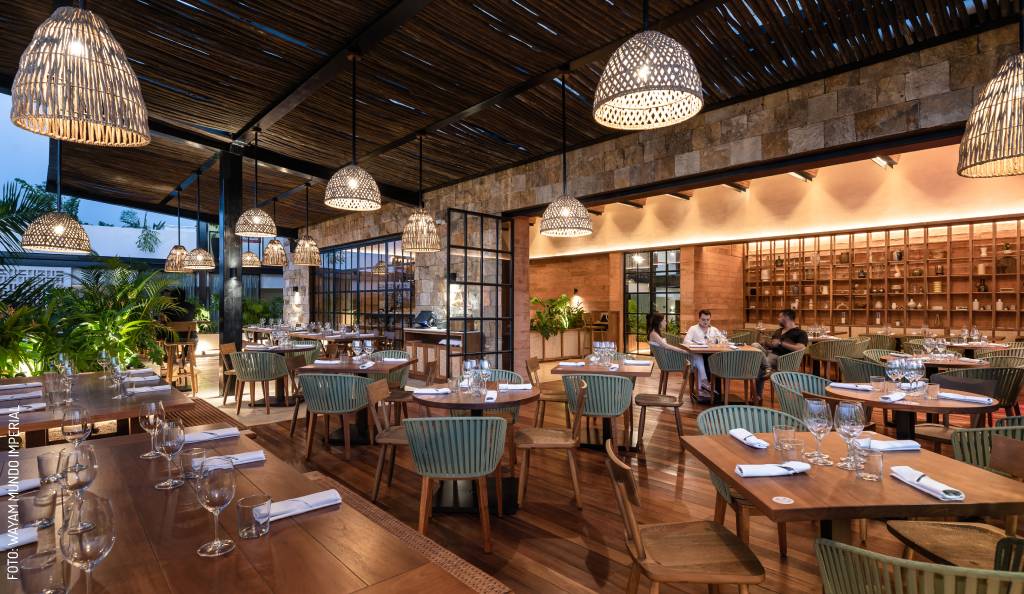
Five Hotel Restaurants that You Can’t Miss in Mérida
Now that the hotel offer in Mérida has grown exponentially, choosing only five hotel restaurants was really hard.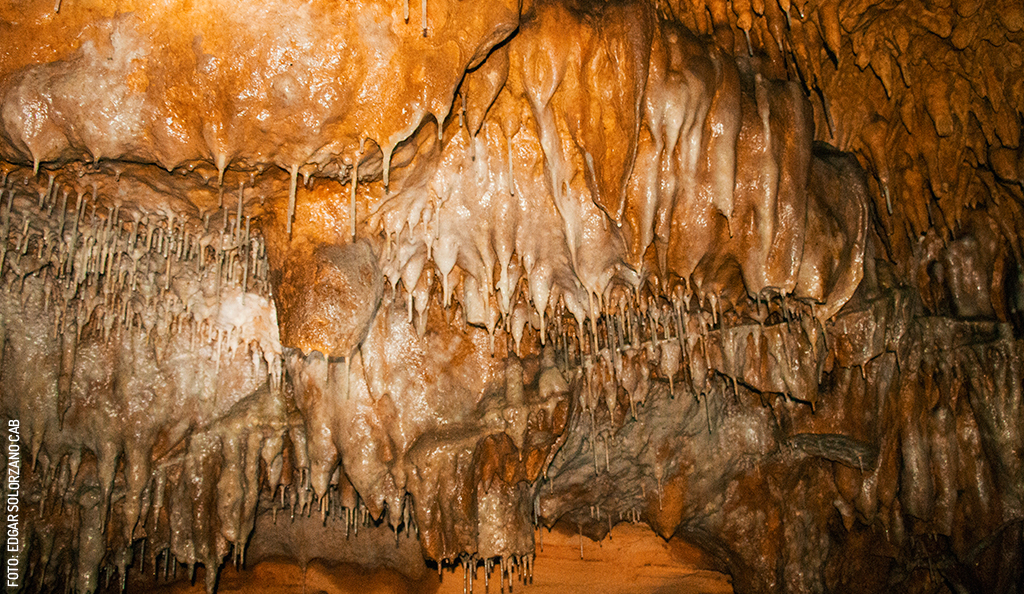
Xibalbá: Where do our departed go?
Where do our departed go? Learn all about the Maya underworld, its origins and the belief system and rituals surrounding Janal Pixan.